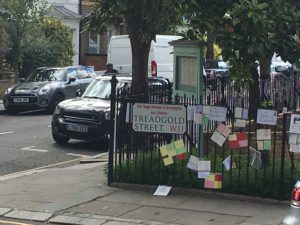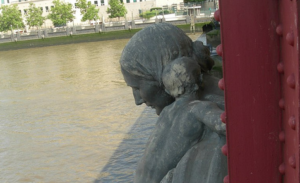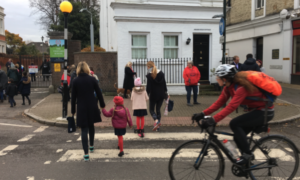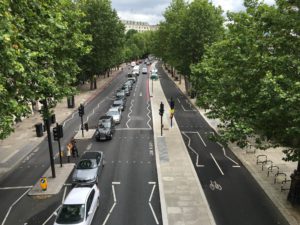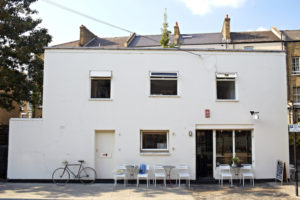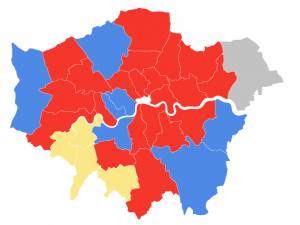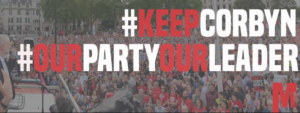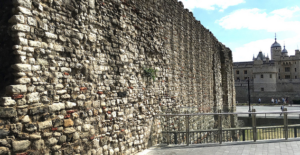Elizabeth Campbell, the Conservative leader of Kensington & Chelsea Council (RBKC), has urged her Labour opponents to “reach consensus” and “work together” with her new administration, and challenged councillors of all parties, including her fellow Tories, “to work to heal wounds, mend bridges and reach out to all communities” in the aftermath of the Grenfell Tower fire.
Addressing a full council meeting for the first time since the 3 May elections, which saw the Conservatives retain a commanding majority on RBKC, Campbell described the occasion as a “sombre” one and a time for “facing up” to the need to “modernise the council” to ensure that “we are held properly to account by the people we serve”.
Addressing criticism the council has received since the fire, Campbell said: “The suspicion today is as the royal borough has got wealthier and wealthier, the political class, the people running the borough, have really forgotten some of the less advantaged members of their community. While there is massive compassion, I don’t think there’s enough empathy as to how important this issue actually is and how seriously people of different faiths and certainly different communities take this issue”.
She said that she and her deputy leader Kim Taylor-Smith, who has cabinet responsibility for Grenfell, had attended each day of the Grenfell Tower Inquiry this week, listening to the “grief and desolation” of the bereaved.
Labour gained one seat at the elections while the Liberal Democrats held their single seat, leaving the Conservatives with a majority of 23. But Campbell said that although as the majority party the Tories were entitled and obliged to deliver their manifesto, they cannot “claim to have the full support of an undivided borough” and warned that “a mandate only stretches so far”.
Addressing Robert Atkinson, leader of the 13-strong Labour Group, she asked him and his colleagues to “reach consensus” where possible, to “look for what unites us in our mutual goal to support all our residents” and to help produce “a united council’.
Campbell said the council has received a report it commissioned from the Centre for Public Scrutiny, intended to “help us reach out beyond these four walls”, and will bring make recommendations drawn from it in July.
The Conservatives Group on the council has given over three of the places on council scrutiny committees to which it is entitled in an apparent response to Campbells’ call for a consensual approach and an acknowledgement that many of the new Tory councillors are new to their jobs – only 20 of the 37 Conservative members of the previous council defended their seats.
As a result, Labour’s representation is increased to three out of nine on the special Grenfell recovery scrutiny committee, which will chaired as before by Labour member Robert Thompson. The same 6:3 split now also applies on the executive and corporate services committee, which Labour will also continue to chair, and on housing and property, though in a new development Labour’s Monica Press will now chair the latter. Committee chairs are elected by the committee’s members. Labour is understood to be generally pleased with its increased representation, though disappointed to have just a single member on the five-person planning committee, which will examine major planning applications.
Campbell has increased the size of her leadership team from seven to eight, with newcomer Sarah Addenbrooke taking the new post of lead member for adult social care. Another new member of the cabinet, Catherine Faulks, will have responsibility for skills and enterprise policy. The other six are all retained from Campbell’s first team, appointed when she became leader in July 2017 following the resignation of Nick Paget-Brown in the wake of the Grenfell blaze, though some have been assigned new roles.
Responding to the leader’s speech, Atkinson thanked her for her “olive branch” and assured her that he would “only beat her with it when it is necessary and appropriate”. He added that in her speech she had “once again shown humility and a promise to earn the respect of all the people of Kensington and Chelsea”.
Having Labour councillors chairing three scrutiny committees provided a structure for holding the leadership to account, he said, and also remarked approvingly on the large number of new council officers recruited since the fire “intent on delivering decent services to residents and in particular to tackling many of the borough’s problems in housing”. However, he cast doubt on some of Campbell’s “modernisation proposals” and questioned whether the majority party has “even now, really realised the extent of the ongoing trauma and damage that has been inflicted on many of our residents”.
Updated at 17:47.

